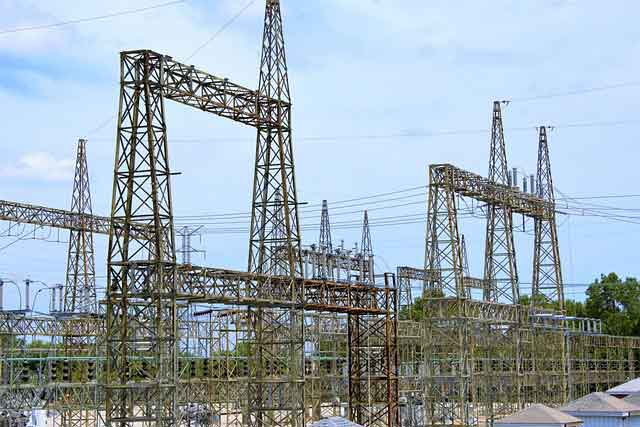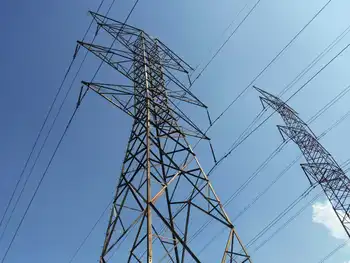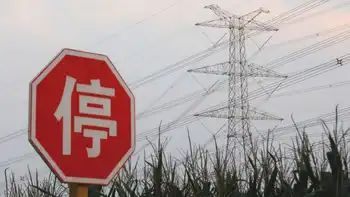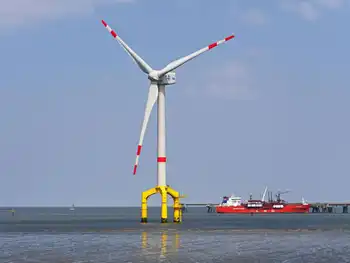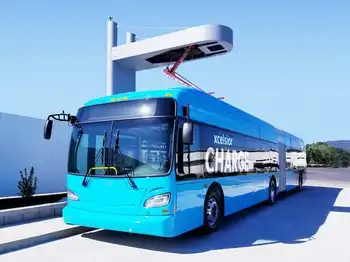Death knell for nuclear power?
By Investor's Business Daily
CSA Z462 Arc Flash Training - Electrical Safety Essentials
Our customized live online or in‑person group training can be delivered to your staff at your location.

- Live Online
- 6 hours Instructor-led
- Group Training Available
Killing the storage facility for the spent fuel rods produced by the nation's nuclear power industry has long been a dream of Senate Majority Leader Harry Reid and President Obama. The Senate granted their wish, voting to deny the resources needed to complete a review necessary for Yucca Mountain to open.
"This is a major victory for Nevada," said Reid, who is up for re-election next year. "I am pleased that President Obama has lived up to his promise to me and to all Nevadans by working with me to kill the Yucca Mountain project."
During a presidential campaign forum in Las Vegas last year, then-candidate Obama said of the site, "I will end the notion of Yucca Mountain because it has not been based on the sort of sound science that can assure the people of Nevada that they're going to be safe."
And what about the rest of the country? Reid may not want it in his backyard, but he doesn't mind keeping America's nuclear waste where it is right now — in everybody else's backyard.
Vast numbers of spent nuclear fuel rods are currently being stored at more than 130 above-ground facilities in 39 states. About 161 million Americans live within 75 miles of these existing sites. Don't they want to feel safe?
Celebrating his victory, Reid says he's "convinced that for the foreseeable future, for the next 50 to 100 years, we'll simply store the spent fuel rods on-site. You don't have to worry about transportation because that's where it gets dangerous."
He is quite simply wrong, ignoring that the Nuclear Regulatory Commission-approved casks that the "waste" will be transported in are virtually indestructible. Tests carried out at the Sandia National Laboratories included an 18-wheeler carrying a transport cask being smashed into a 700-ton brick wall at a speed of 81 mph; testers dropping a cask from 2,000 feet onto hard ground; and a 120-ton locomotive train ramming a cask at 80 mph.
President Obama is also wrong when he says Yucca Mountain is not based on sound science.
The Department of Energy has long studied the rock at the planned repository to assess how the repository would perform over tens of thousands of years. After 20 years and $9 billion, DOE found Yucca Mountain to be quite stable and safe.
DOE's Web site says that after two decades "of carefully planned and reviewed scientific field work, the Department of Energy has found that a repository at Yucca Mountain brings together the location, natural barriers, and design elements most likely to protect the health and safety of the public, including those Americans living in the immediate vicinity, now and long into the future."
We need the jobs nuclear power can provide, and we need the energy. The Energy Information Agency projects that by 2030, U.S. electricity demand will increase by 45%. Since nuclear power currently supplies 20%, the U.S. will need to have 35 additional nuclear power plants just to meet future demand. But without Yucca Mountain it won't happen.
Yucca Mountain is not a "dump" and what would be stored there is not "waste." It is in fact our country's best renewable resource. Used nuclear fuel retains upwards of 90% of its original energy.
Since beginning operations, France's La Hague facility has safely reprocessed over 23,000 tons of used fuel — enough to power France, which gets 80% of its electricity from nukes, for 14 years.
America's 104 nuclear reactors have prevented the emission of billions of tons of greenhouse gases.
It is green energy producing green jobs. Without it, America has a bleak energy and economic future. Besides, just what are we going to plug all those electric clown cars into?





